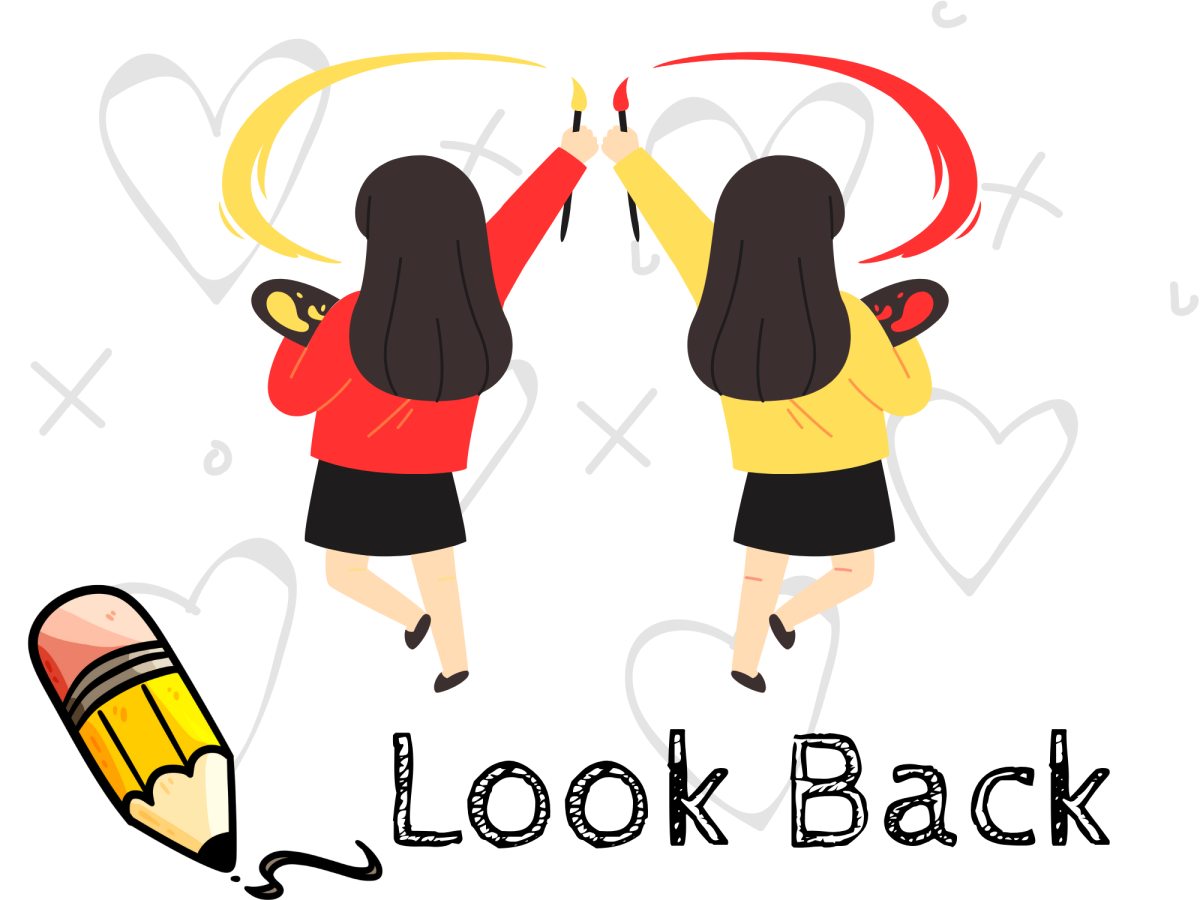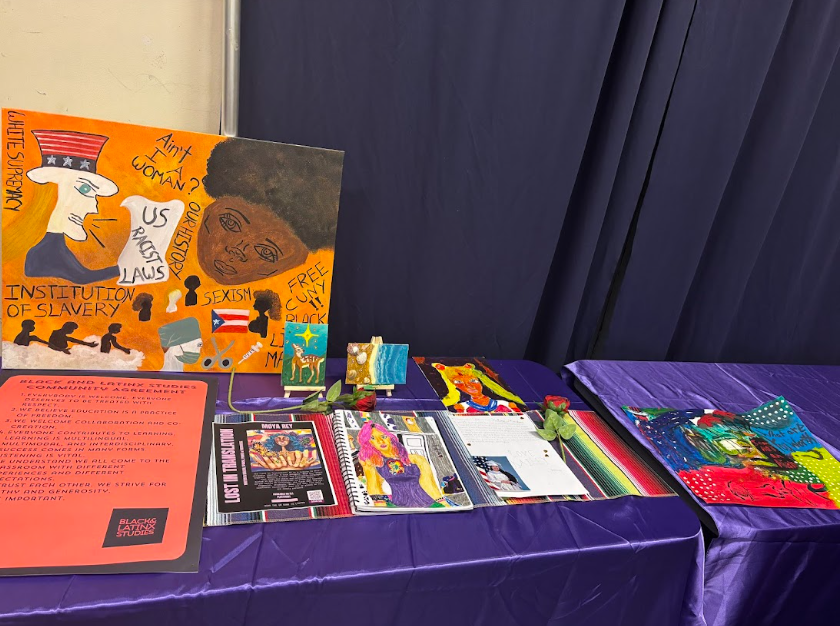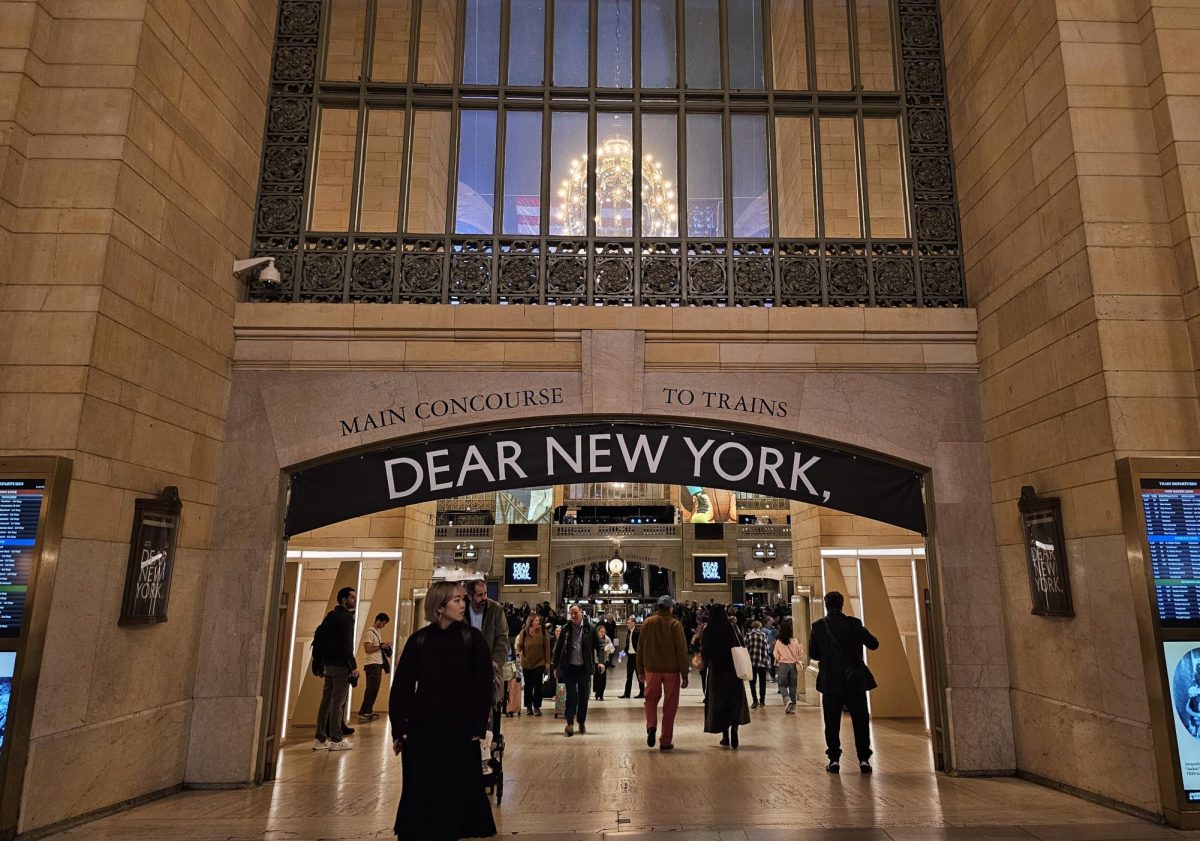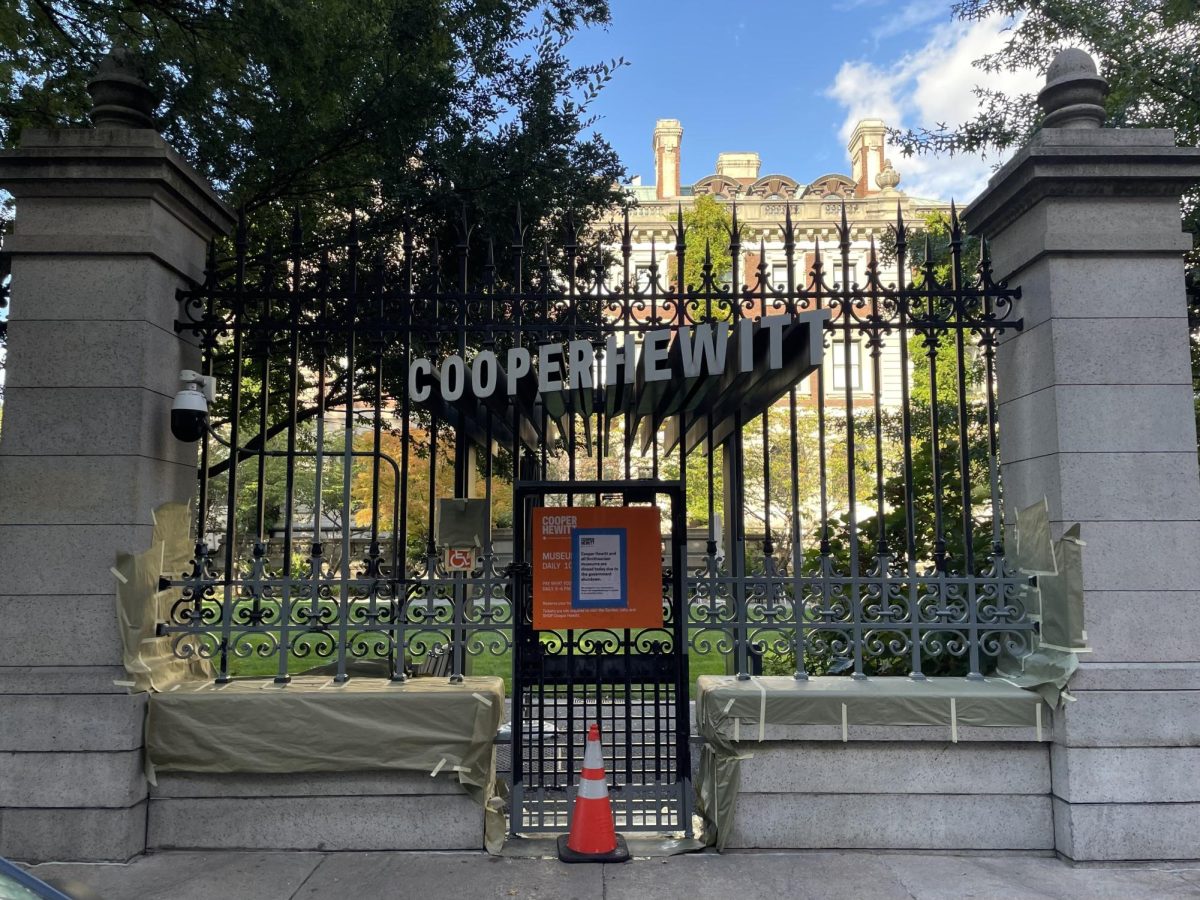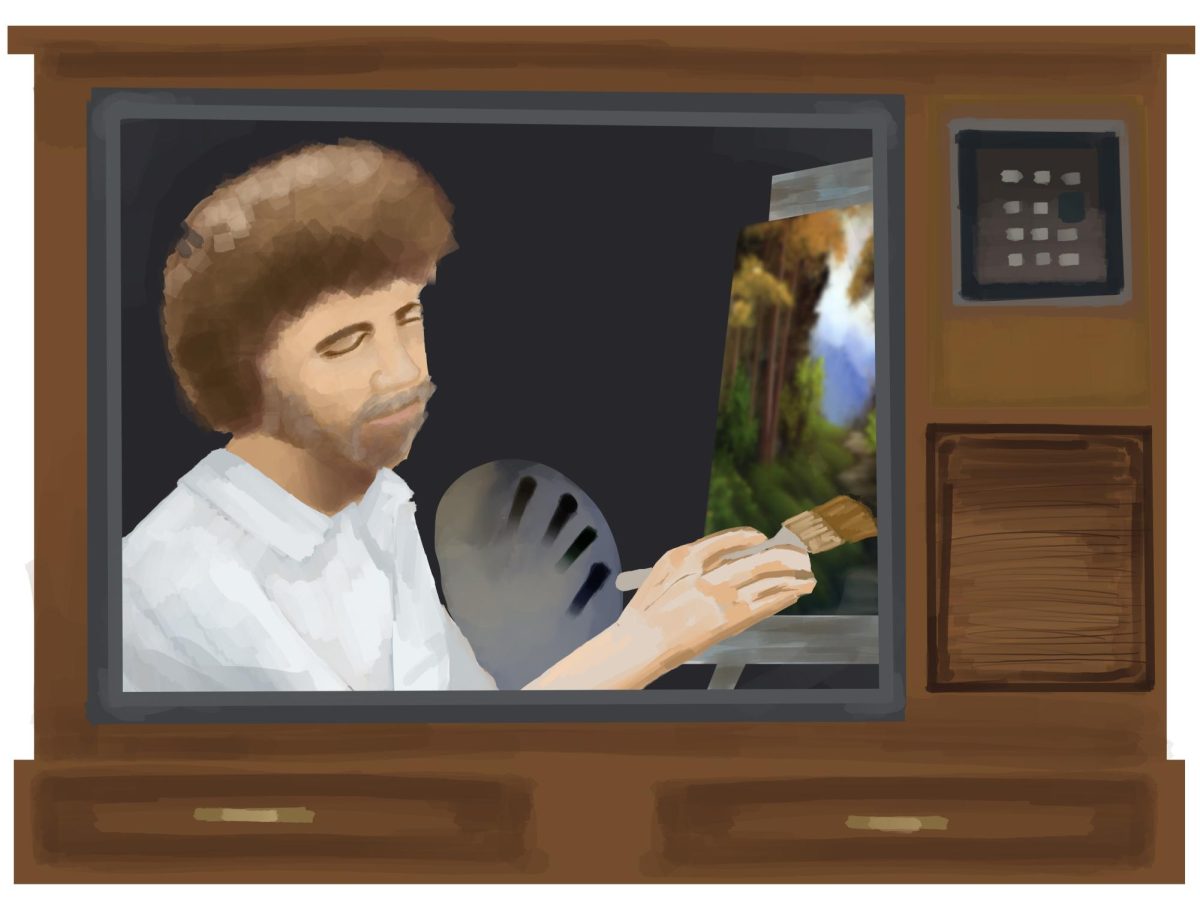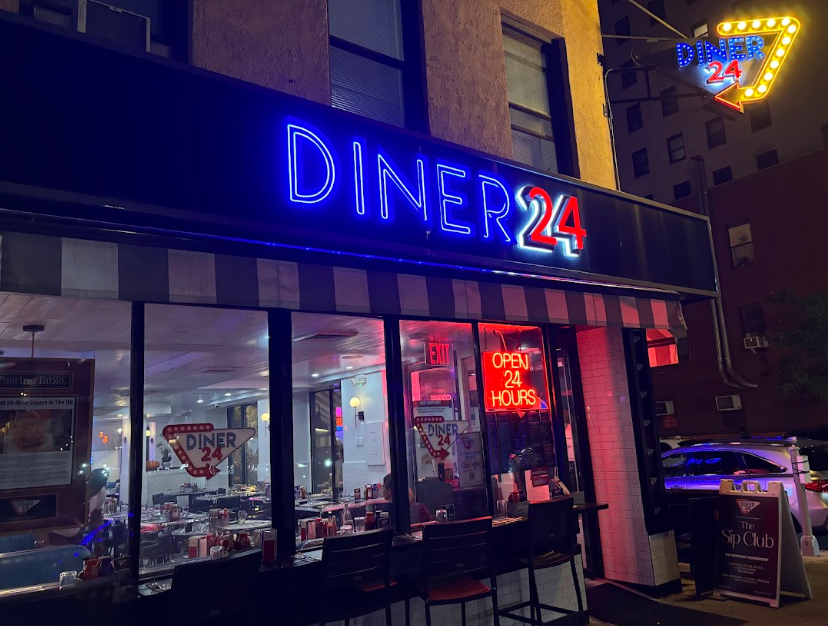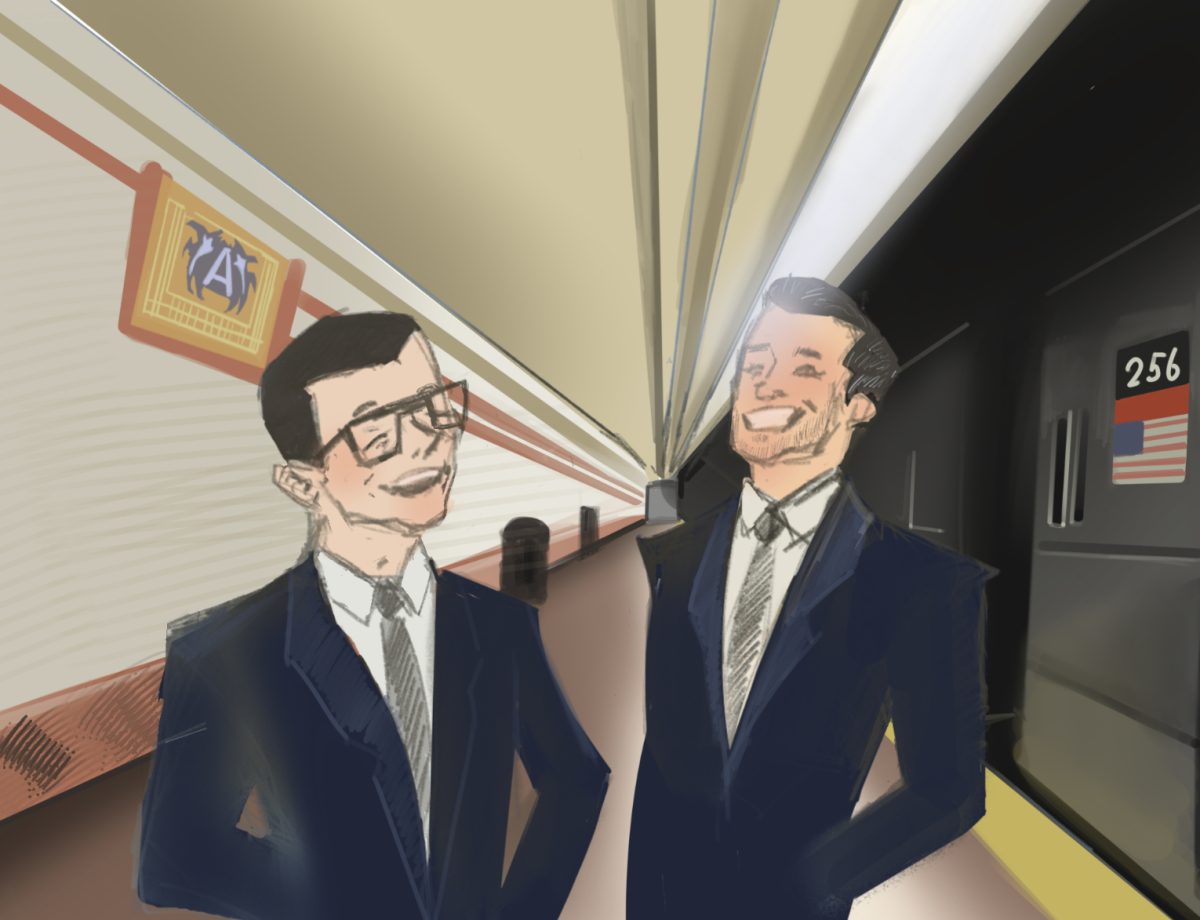“Look Back” was brought to life as an animated film directed by Kiyotaka Oshiyama. This slice-of-life, comedic film explores themes of friendship, passion for art and loss.
The film is based on a one-shot Japanese manga written and illustrated by Tatsuki Fujimoto, who is also the creator of the manga series “Chainsaw Man,” which won Best Manga at the Harvey Awards from 2021 to 2023.
“Look Back” is a coming-of-age story that centers around the lives of two girls who share an interest in drawing. Ayumu Fujino, who creates comics for her elementary school newspaper, is prompted to share the division of labor with another student who does not attend school, Kyomoto.
Driven by feelings of rivalry after seeing Kyomoto’s advanced skills, Fujino becomes eager to improve her drawing.
One day, feeling hopeless, she quits. Making up for the countless days of absence, Fujino spends the remainder of her senior year of middle school with friends after class and enjoying family time.
It wasn’t until Fujino saw the many stacks of sketchbooks outside Kyomoto’s room, turned around to see Kyomoto chasing after her barefoot, and heard her shout, “I’m a fan of yours, Fujino-sensei. Can I have your autograph?” that Fujino picked up the pencil again.
This rivalry-turned-friendship blossomed into a companionship built on understanding and recognizing each other’s passion in ways others cannot.
“Look Back” highlights the relevant theme of pursuing one’s artistic passion, which society often looks down upon as a useless career path. The film expresses how this passion can influence internal and external conflicts in friendships—such as two people chasing drastically different paths.
Kyomoto represents one of the millions of shut-ins, known as “hikikomori” in Japan. Referred to as the lost generation, hikikomori are people who live in near complete isolation at home and are unemployed as they withdraw from society.
Fujino and her comics were the reason Kyomoto was able to get a taste of freedom outside and further polish her art.
“I started drawing because I had nothing to do at home. But now I’m glad that I did. Fujino, thank you for getting me out of my room,” Kyomoto said.
In addition, the film touches on grief and guilt. After the unexpected passing of Kyomoto, Fujino once again feels hopeless about herself and loses faith in her art. In tears, she thinks back on the question Kyomoto asked her, “Why do you draw?”
Reminiscing on their younger days—working on their first manga, sleeping from exhaustion, and laughing side by side—only then does Fujino see Kyomoto fully smiling with light in her eyes.
The efforts put into the film’s visuals and audio do not go unnoticed. Little details, such as Fujino’s reflection in her table mirror, reusing a plastic bag as a trash bag, and the reflection of winter trees on the windows of an ambulance van, create an impressive sense of realism. The sound of crunching, slushy snow transports viewers back to 2009.
With the notion of time passing, the transitions between seasons and changing weather are vibrant and seamless. In a way, it is reminiscent of the film “Snowpiercer” for its set design of train cars. In that movie, the main character makes his way from the back of the train to the front, experiencing the unique atmosphere of each train car.
The beautiful soundtrack for “Look Back” features Japanese composer and producer Haruka Nakamura. The film opens with a dreamy track that highlights the beauty of classical instruments. The music aligns well with the story, evoking emotions of nostalgia, joy and melancholy.
Elementary-aged Fujino once said, “A manga artist? Maybe. But sitting at a desk drawing all day sounds boring.” She now sits at her desk, working on her growing manga series—sentimentally glancing up at Kyomoto’s comic strip taped to the window in front of her.
After premiering in U.S. theaters during the first week of October, “Look Back” is now available on Amazon Prime Video.


